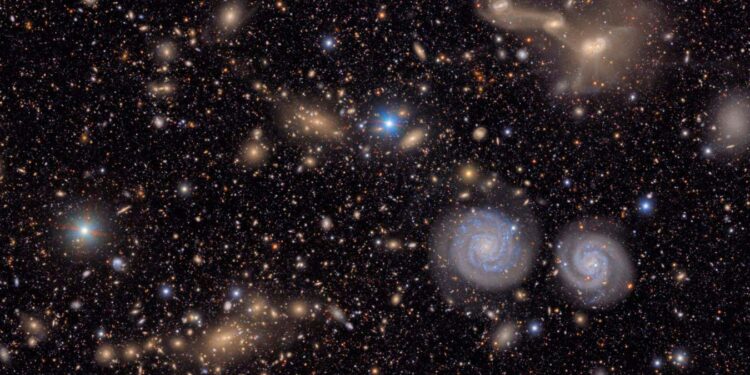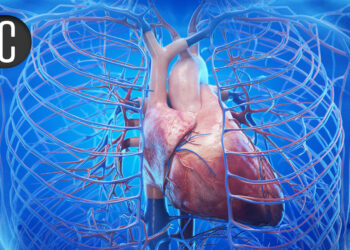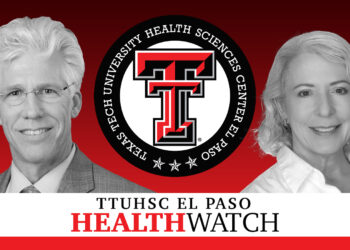Amid the millions of distant stars and galaxies captured in the first images released from the Vera C. Rubin Observatory are thousands of never-before-seen asteroids whizzing around the solar system.
“These two beautiful galaxies were photobombed by asteroids,” said Željko Ivezić at the University of Washington in Seattle, presenting an image showing several asteroids streaking past two spiral-armed galaxies during a press briefing on 23 June.
During just 10 hours of observing the night sky, the telescope – situated in the clear air high atop a mountain in the Chilean Andes – captured 2104 previously unknown asteroids. Of these, seven are on a trajectory that would pass near Earth, though none pose a risk of hitting us, said Ivezić.
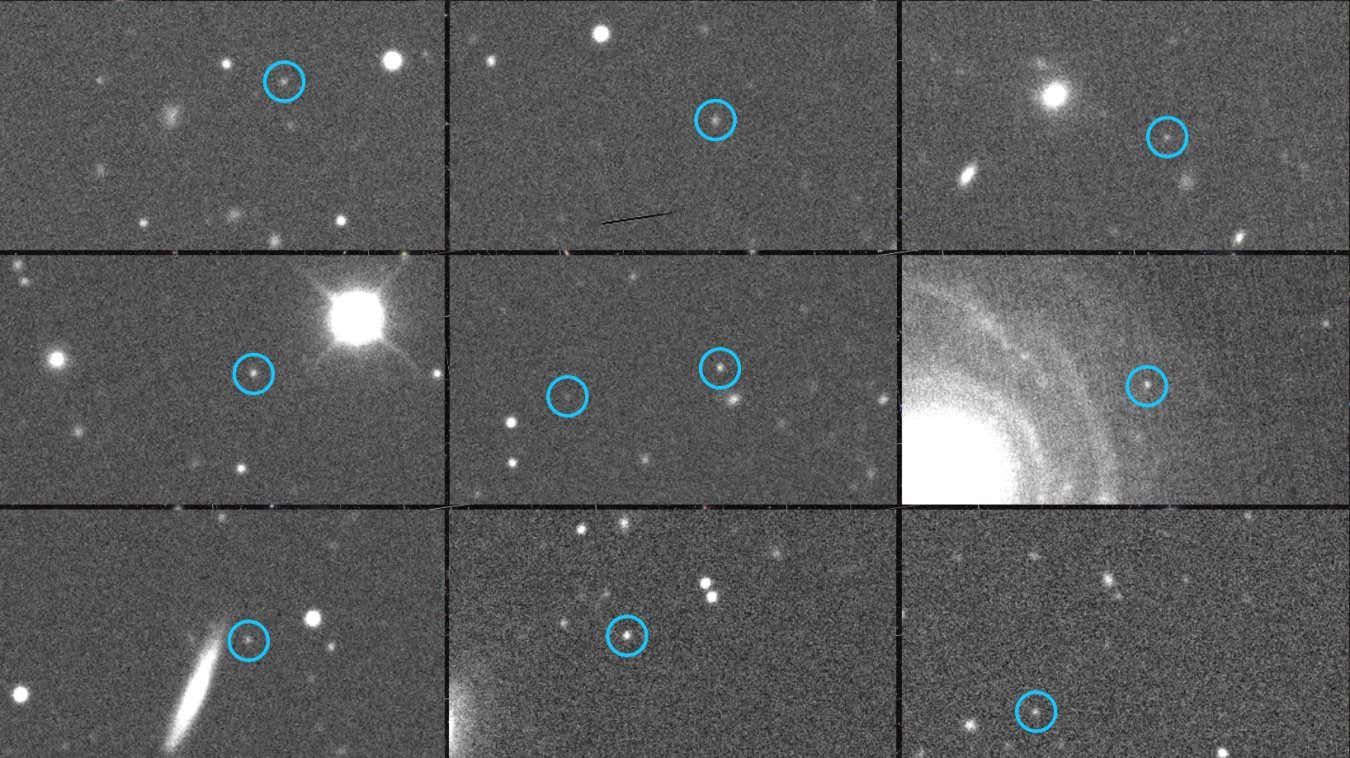
Researchers identified and tracked newly discovered asteroids in images taken over 10 hours
NSF-DOE Vera C. Rubin Observatory
The telescope was not primarily designed to detect near-Earth objects, but to conduct a decade-long survey expanding our view of the entire universe. But the same qualities that make it useful for that purpose are also good for asteroid detection: “You need to scan the sky very fast, with a very large field of view, for a long time,” said Ivezić.
The asteroids were identified by scanning the same region of sky and noting what was moving. In a composite image Ivezić displayed during the briefing, the asteroids appeared as coloured streaks on a background of bright objects in deeper space. This gives us a better picture of our planetary neighbourhood and its inhabitants. “They were not a surprise,” he said. “We have exquisite simulations.”
During the course of its 10-year survey, the telescope is expected to detect about 5 million new asteroids, quintupling the number identified in previous centuries of searching.
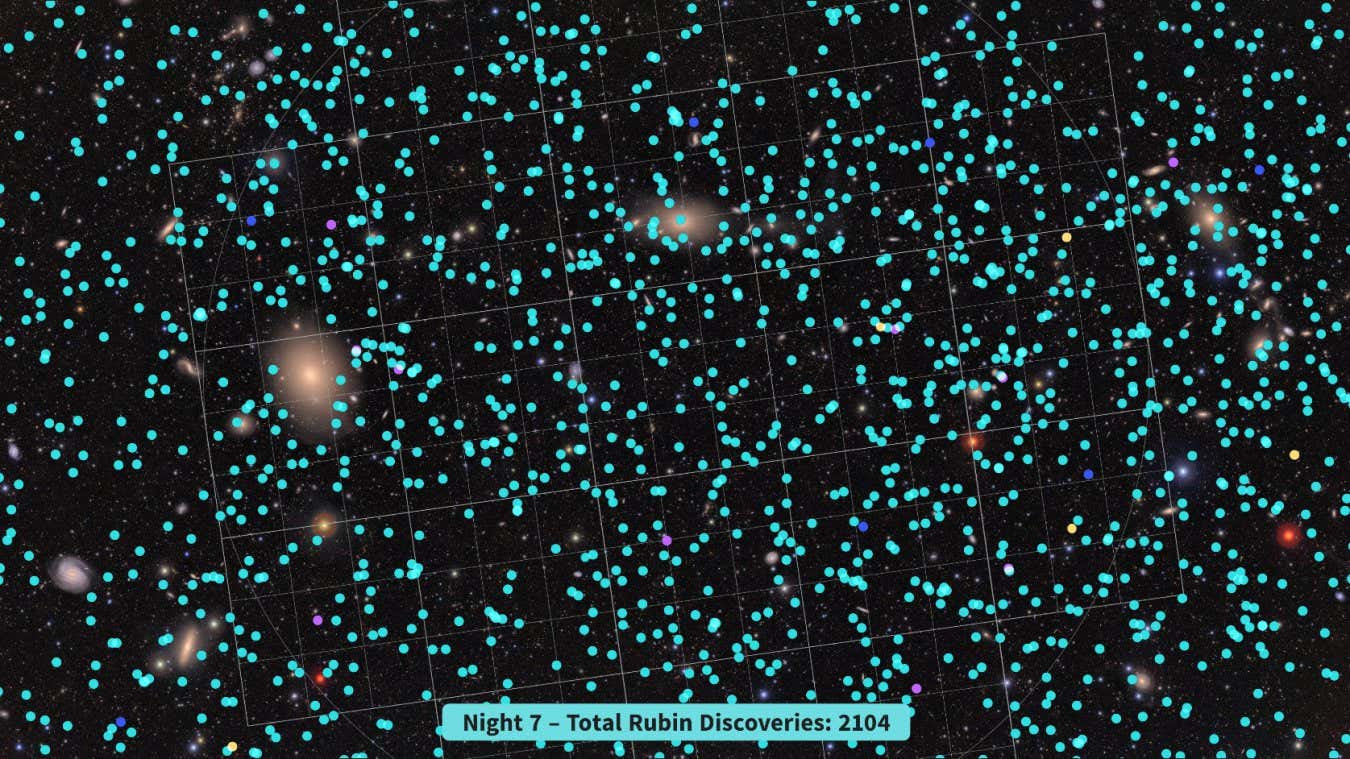
Asteroids are marked in coloured dots in front of an image of galaxies visible in the southern sky
NSF-DOE Vera C. Rubin Observatory Copyright: NSF-DOE Vera C. Rubin Observatory
Any new detections will be reported on a daily basis to the Minor Planet Center in the US, which will analyse their orbital trajectories and identify any objects that could pose a threat to Earth. “Within 24 hours, everyone in the world will know that there is a particular object which could be hazardous,” says Ivezić.
Matthew Payne at the Minor Planet Center says only an estimated 40 per cent or so of the near-Earth objects large enough to pose a threat have been found. The radical increase in the number of detections from the Vera Rubin Observatory will help quickly find the rest of them, he says.
The huge increase in observations of other objects in the solar system – from the main belt asteroids between Mars and Jupiter to objects further out beyond the orbit of Neptune – is also expected to give us new insight into our immediate cosmic neighborhood. “It will revolutionise, broadly, solar system science,” says Payne.
Topics:
Source link : https://www.newscientist.com/article/2485526-vera-rubin-observatory-has-already-found-thousands-of-new-asteroids/?utm_campaign=RSS%7CNSNS&utm_source=NSNS&utm_medium=RSS&utm_content=home
Author :
Publish date : 2025-06-23 19:46:00
Copyright for syndicated content belongs to the linked Source.

